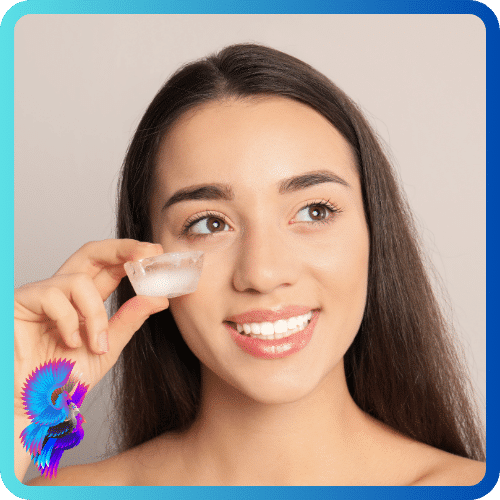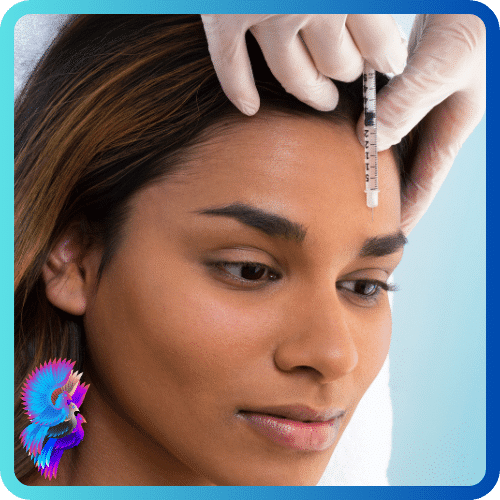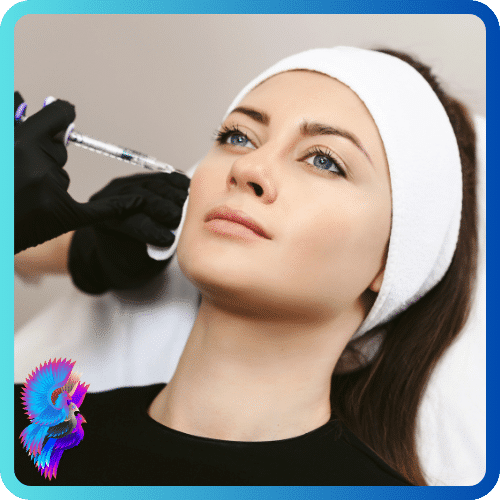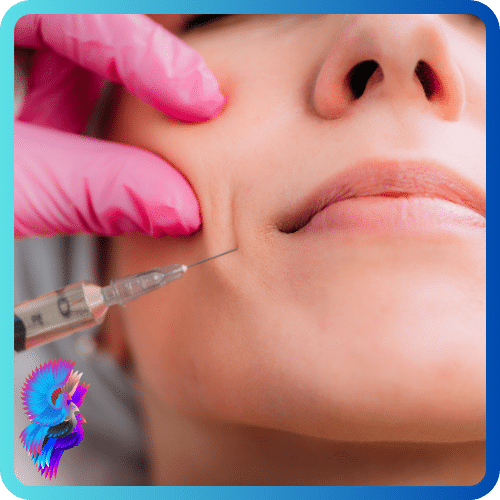Advertisements
How to Fuel Your Body and Mind
Adolescence is a period of rapid growth and development, which requires adequate nutrition to support physical and mental health.
However, many adolescents face challenges in meeting their nutritional needs, such as poor dietary habits, food insecurity, eating disorders, obesity, and chronic diseases.
In this article, we will discuss some of the key aspects of adolescent nutrition, such as the recommended dietary intake, the common nutritional deficiencies, and the strategies to promote healthy eating behaviors.
Recommended Dietary Intake for Adolescents:
The dietary intake for adolescents varies depending on their age, sex, activity level, and health status.
However, some general guidelines can be followed to ensure a balanced and nutritious diet.
According to the Dietary Guidelines for Americans 2020-2025, adolescents should aim to consume:

– A variety of vegetables and fruits, especially dark green, red, and orange vegetables, and beans and peas.
– Whole grains, such as whole-wheat bread, oatmeal, brown rice, and quinoa.
– Lean protein sources, such as poultry, fish, eggs, nuts, seeds, soy products, and legumes.
– Low-fat or fat-free dairy products, such as milk, yogurt, cheese, and fortified soy beverages.
– Healthy fats, such as olive oil, canola oil, avocado, nuts, seeds, and fish.
– Limited amounts of added sugars, saturated fats, sodium, and alcohol.
The specific amounts of each food group depend on the calorie needs of each adolescent.
For example, a 14-year-old boy who is moderately active may need about 2,400 calories per day, while a 14-year-old girl who is moderately active may need about 2,000 calories per day.
The following table shows the approximate amounts of each food group that an adolescent should consume per day based on their calorie needs.
| Food Group | 1,600 Calories | 2,000 Calories | 2,400 Calories | 2,800 Calories |
| Vegetables | 2 cups | 2.5 cups | 3 cups | 3.5 cups |
| Fruits | 1.5 cups | 2 cups | 2.5 cups | 3 cups |
| Grains | 5 oz | 6 oz | 8 oz | 10 oz |
| Protein | 5 oz | 5.5 oz | 6.5 oz | 7 oz |
| Dairy | 3 cups | 3 cups | 3 cups | 3 cups |
| Fats | 22 g | 27 g | 31 g | 36 g |

Common Nutritional Deficiencies in Adolescents:
Despite the availability of a variety of foods in most countries, many adolescents suffer from nutritional deficiencies that can affect their growth and development.
Some of the most common nutritional deficiencies in adolescents are:
– Iron deficiency:
Iron is essential for the production of hemoglobin, which carries oxygen in the blood. Iron deficiency can cause anemia, which is characterized by fatigue, weakness,
pale skin, shortness of breath, and poor concentration.
Iron deficiency is more common in adolescent girls who lose iron through menstruation.
The recommended dietary allowance (RDA) for iron for adolescents is 11 mg per day for boys and 15 mg per day for girls. Iron-rich foods include red meat, poultry, fish, fortified cereals, beans, lentils, spinach, and dried fruits.
– Calcium deficiency:
Calcium is important for the formation and maintenance of bones and teeth. Calcium deficiency can lead to osteoporosis,
which is a condition that causes weak and brittle bones that are prone to fractures.
Calcium deficiency is more common in adolescent girls who may avoid dairy products due to weight concerns or lactose intolerance.
To be Continued…
Advertisements
Advertisements




























